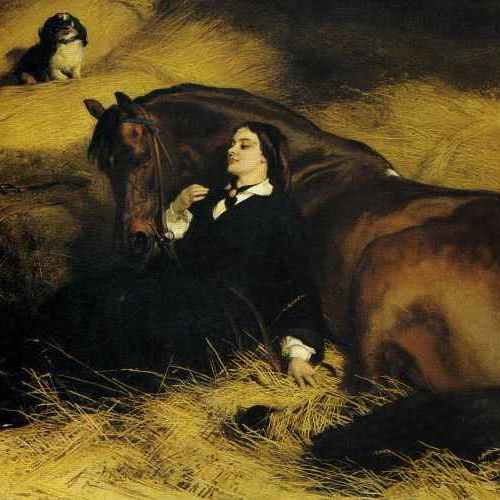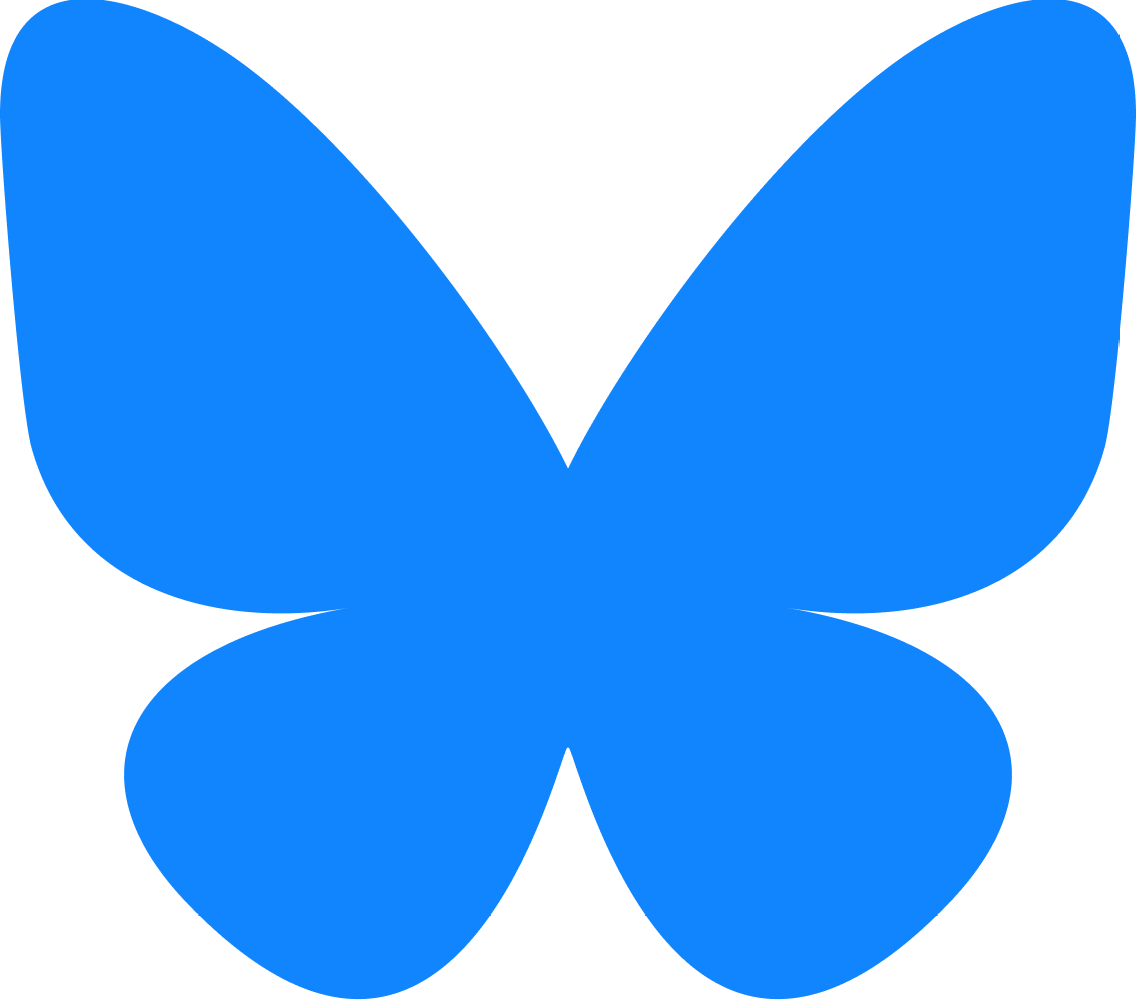Adults Together
Mares, Women, and the Enduring Constraints on Mature Multispecies Relations
DOI:
https://doi.org/10.52537/humanimalia.13276Keywords:
mare, horse, Twitter, Landseer, ReguMate, Annie Gilbert, John Solomon Rarey, sexuality, multispecies, maturity, horse training, veterinarian, pharmaceuticalAbstract
Americans who spend time with common mammalian companion animals do not typically spend much time around reproductively mature animals, as laws and cultures support the widespread spaying and neutering of pets (with some significant exceptions). However, one important population of humans and animals does not entirely match this trend: horse people. While male companion horses are very commonly castrated, or “gelded,” female horses are almost universally allowed to mature into fully reproductive individuals. For many animal enthusiasts, mares are the only reproductively mature mammals other than humans that they ever spend time with. This lack of experience with full animal maturity, in its physical and behavioral senses, has shaped human paradigms for relating to mares. The female body of the companion horse, then, because it is at once fully chaste and also fully sexualized unlike any other nonhuman body most humans are exposed to, is both a body to be managed and a uniquely effective screen on which to project complex cultural values and gendered anxieties.
Starting with an interdisciplinary examination of the veterinary practice of pharmaceutically regulating mares’ hormones, followed by analysis of public discourses in art, literature, and social media that interpellate relationships between mares and women, this essay argues that contemporary techniques of disciplining the sexual maturity of mares have deep historical and cultural roots. This essay also expands a growing body of work that includes material multispecies relationships within sexuality studies. By attending to the strategies through which full adulthood and maturity are not afforded to companion animals, we can see how stubborn patriarchal patterns become persistently embedded in familial multispecies relationships.
Downloads

Published
Issue
Section
License
Copyright (c) 2023 Jeannette Vaught (Author)

This work is licensed under a Creative Commons Attribution-NonCommercial 4.0 International License.









